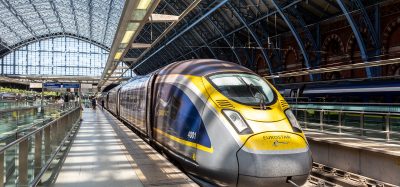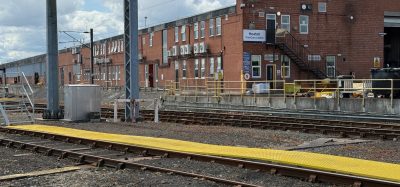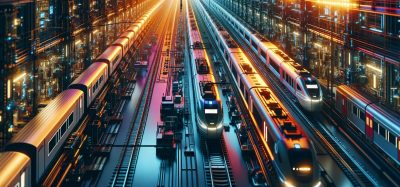The California High-Speed Rail project: Re-boot, not reject
Posted: 26 February 2019 | Jim Mathews (Rail Passengers Association) | No comments yet
Following recent news headlines that have raised questions about delivering the full construction of the high-speed rail project in California, Jim Mathews, President and CEO of the Rail Passengers Association, writes about the struggles and hurdles of the project, but also underlines that ultimately the long-term benefits of high-speed rail are clear and the project should not be rejected.
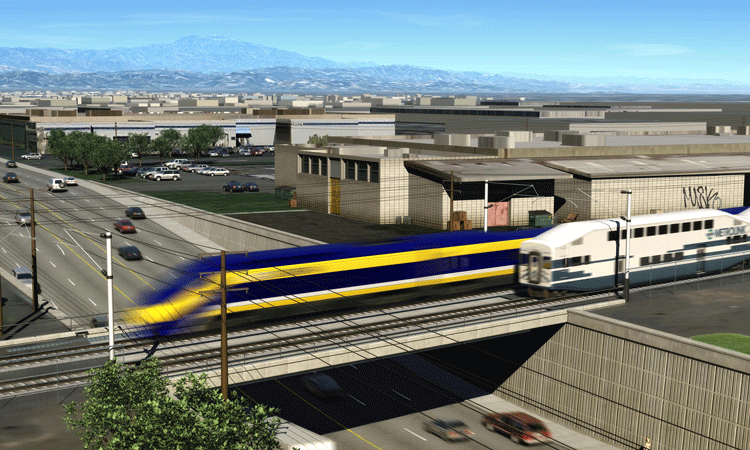

Rendering of grade separation in Anaheim. Credit: www.hsr.ca.gov
Starting with the obvious, Governor Gavin Newsom was right to call a time out on the California High-Speed Rail project. But he’s also right to stay the course on the initial segment, now aimed at linking Bakersfield and Merced. Not because Merced-Bakersfield will be economic nirvana, but because it’s a kind of down-payment on what remains the best mobility investment California can make. In this way, construction will continue along the Central Valley spine while the remainder of the project gets a sorely needed re-boot.
A flawed project from the start?
Created with a series of baked-in organisational and management flaws, as well as kicking off with the ‘original sin’ of failing to seek expertise from folks in other countries who have succeeded in such projects, the California project would have struggled under the best of circumstances. And as we know, California high-speed rail did not enjoy the best of circumstances.
There was a series of lawsuits by NIMBYs and environmental groups (the latter of whom should know better). The project had, at best, an indifferent federal partner in Congress, including an actively hostile contingent within the GOP segment of California’s congressional delegation. The corridor was poorly chosen, selected to win political support from Central Valley cities afraid they would be left stranded in favour of the state’s bigger and more powerful poles in the Bay Area and Los Angeles.
Overcoming hurdles
Faced with these obstacles, none of which he created and most of which were beyond his ability to overcome, Gov. Newsom made the politically sensible decision to adjust the California High Speed Rail Authority’s (CAHSRA) focus to the only segment currently under construction. It eases worries in the state legislature among the public that the project is spiralling out of control and brings a finish line within visual range.
And despite the headlines you may have read, the Governor demonstrated clear and unequivocal support for increasing passenger rail service in the state.
“We’re going to make high-speed rail a reality for [California],” Gov. Newsom wrote in a series of tweets. “We have the capacity to complete the rail between Merced and Bakersfield. We will continue our regional projects north and south. Finish Phase 1 [environmental] work. Connect the Central Valley to other parts of the state. For those who want to walk away: Abandoning high-speed rail means we will have wasted billions of dollars with nothing but broken promises and lawsuits to show for it. I’m not interested in sending $3.5 billion in federal funding – exclusively allocated for high-speed rail – back to the White House. This is so much more than a train project. It’s a transformation project. Anchored by high-speed rail, we can align our economic, workforce and transportation strategies to revitalise communities across our state.”
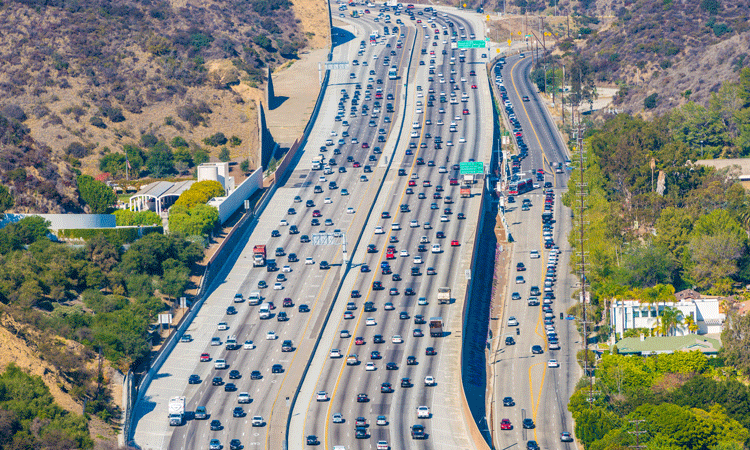

High-speed rail can alleviate highway congestion
An expensive project, but better than doing nothing
Today’s estimate puts the cost of the high-speed rail project at $77 billion. Is $77 billion a lot of money? Of course it is. But consider, too, that California is growing. A lot. California’s population is straining the nation’s busiest roads. CAHSRA is building America’s first 21st century high-speed rail system. That will cost money, time and engineering effort, but it will cost a lot less than doing nothing.
The benefits of the high-speed rail project are still clear
What happens if you don’t spend $77 billion on this project? You spend at least $158 billion instead, adding 4,300 new miles of highway lanes, 115 new airport gates and four additional major-airport runways. Some less-conservative estimates put that figure at $272 billion. And even by spending more, if you do it this way you do nothing about congestion, nothing about lost time, nothing about highway safety (driving is, on average about 17 times more hazardous than taking a train or flying) and nothing about greenhouse gas emissions.
On the other hand, going ahead with the project generates a total economic return to the state of California of approximately $8 billion on its initial $2.6 billion investment. The project will create 66,000 new jobs for 15 years as this massive system is built. Each year, the high-speed train will eliminate at least 330,000 metric tonnes of CO2 emissions.
By delivering a new, better, more reliable and more sustainable long-term mobility choice at upwards of 75 per cent less cost, high-speed rail is a bargain, not a boondoggle.
Biography
Jim Mathews is President & CEO of the Rail Passengers Association in Washington, DC, a nationwide 501c3 non-profit transportation advocacy group. In 2016 then-Transportation Secretary Anthony Foxx appointed Jim to a two-year term on the National Advisory Committee on Travel & Tourism Infrastructure, created by the 2015 surface transportation bill, and was re-appointed in May 2018. He also participates in Federal Railroad Administration (FRA) regional plan study groups and is a voting member of the FRA’s Rail Safety Advisory Committee and the RSAC Hazardous Materials Working Group. At the Rail Passengers Association, Jim has been leading a reinvigorated advocacy and legislative effort which has notched several wins in since 2015. These include fending off six separate House attacks on Amtrak, taking a meaningful role in shaping the Senate’s 2015 rail authorisation, leading a grassroots effort in 2016 to repel White House attacks on Amtrak’s long-distance network and introducing 26 million Americans in 2018 to the breadth of rail travel through the innovative ‘Summer by Rail’ internship programme. Jim was educated at the School of Visual Arts in New York and the State University of New York, as well as completing the Pre-hospital Emergency Medicine programme at The George Washington University under the auspices of Fairfax County (Va.) Fire & Rescue, where he was a firefighter/medic for 13 years. Other volunteer experience includes search-and-rescue and disaster relief serving in a command role in the Civil Air Patrol (the U.S. Air Force Auxiliary), water-quality monitoring for the Citizen Science Institute and a seat on the Prince William County Local Emergency Planning Committee (LEPC). Jim is currently pursuing studies in International Relations and Government at Harvard University.
Related topics
High-Speed Rail, Infrastructure Developments, Route Development, Track Construction
Related organisations
California High-Speed Rail Authority (CHSRA), Rail Passengers Association





